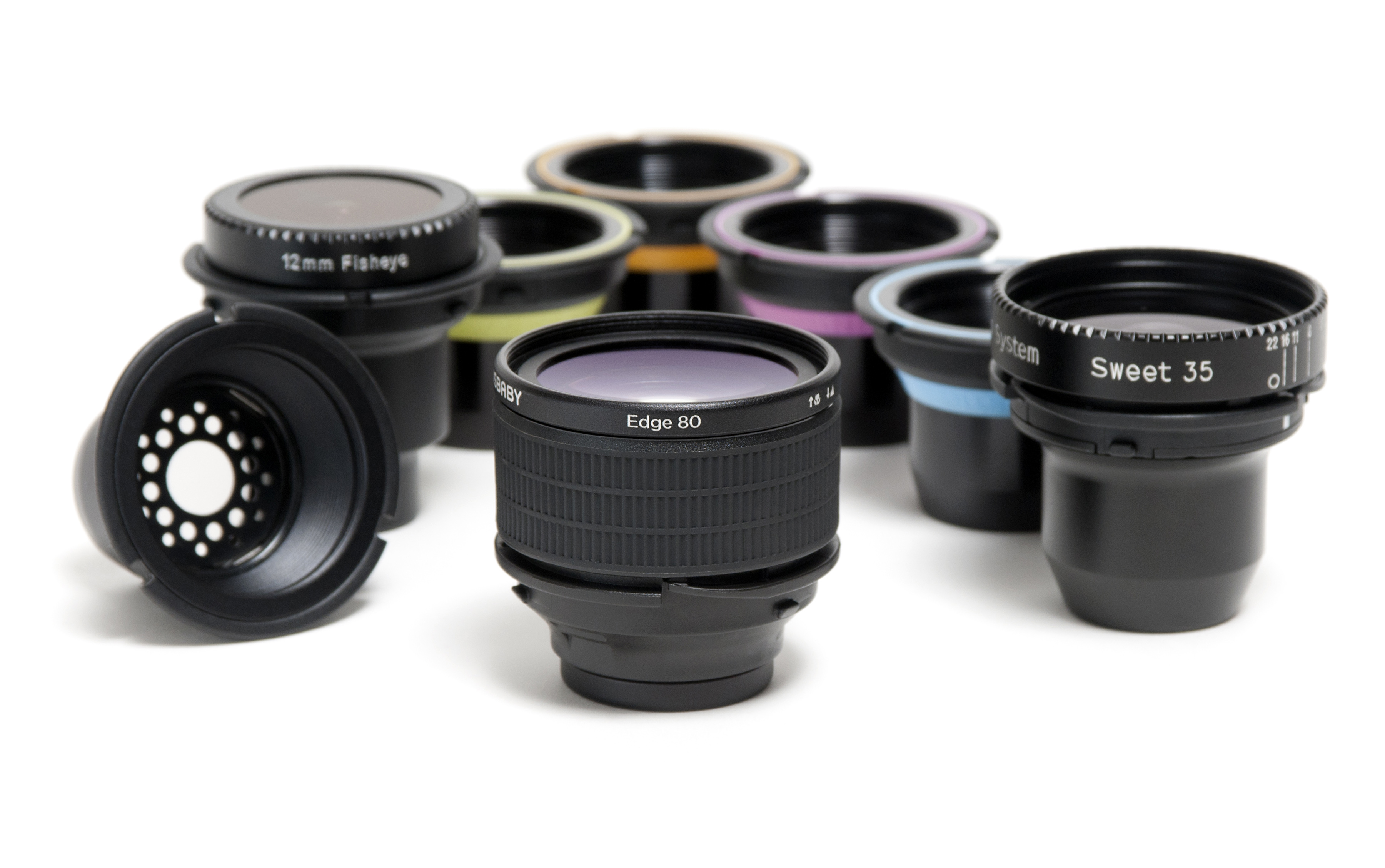The Lensbaby line of bodies and optics are ideal creative tools for photographers who want to create unique images. Lensbaby optics are not perfect. When you create a photo with a Lensbaby optic, parts of the image will be blurry. But that’s the beauty of the Lensbaby system. Creative photographers embrace the uniqueness of each optic and after they learn how to use them, they adapt them to their personal style of photography and “romance the blur.”
When photographers use a Lensbaby body and optic for the first time, there is a bit of a learning curve. A Lensbaby body does not focus automatically and doesn’t communicate with the camera, which means you must set the aperture manually. On all optics except the Edge 80, Pinhole/Zone Plate, and Sweet 35, you manually insert a magnetic aperture disk into the body to determine the amount of light that enters the camera. You change the aperture with the Edge 80 and Sweet 35 optic by rotating the aperture ring at the end of the optic. The Pinhole/Zone Plate optic has a fixed aperture. Newer digital cameras will set the exposure automatically when you create photographs with a Lensbaby in Aperture Priority mode. However, with some older Nikons, you must manually set the exposure by choosing the the proper shutter speed based on the chosen aperture.
Composition is also a challenge with the Lensbaby system. With all optics except the Fisheye, Soft Focus, and Pinhole/Zone Plate, you bend the Lensbaby body to determine which part of the image the Sweet Spot of Focus appears in. You change the Sweet Spot of Focus by bending the Lensbaby body. The Scout is the only Lensbaby body that doesn’t bend, and is therefore ideal for the Fisheye, Pinhole/Zone Plate and Soft Focus optics. After you place the Sweet Spot of Focus, you achieve focus by twisting the focus ring on the Lensbaby Composer, Composer Pro, or Scout, or by pulling the outer ring of the lens body toward you with the Muse and Control Freak. Needless to say, there is a learning curve when you photograph with the Lensbaby system.
The type of subject matter you can photograph with the Lensbaby system is only limited by your imagination. Photographers have used the Lensbaby system to photograph weddings, portraits, landscapes, cityscapes, and much more. In fact, most of the Lensbaby optics also do an awesome job when used to photograph small objects such as insects and flowers. The following slide show features some of my favorite images created with Lensbaby optics and accessories.
The Lensbaby system offers something for just about every photographer. To find out more about the Lensbaby system, click here: Lensbaby website.
About the author: Doug Sahlin is a professional photographer and author living in Venice, Florida. His latest book shows photographers how to master the Lensbaby system and become more creative photographers. To learn more about the book, download a sample chapter, or to purchase the book, click here: Mastering the Lensbaby: A step-by-step guide to mastering your Lensbaby and becoming a more creative photographer.



Recent Comments